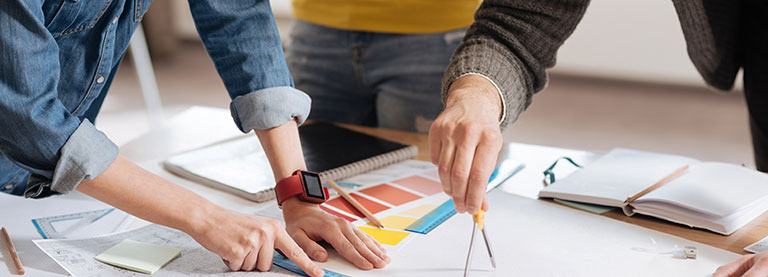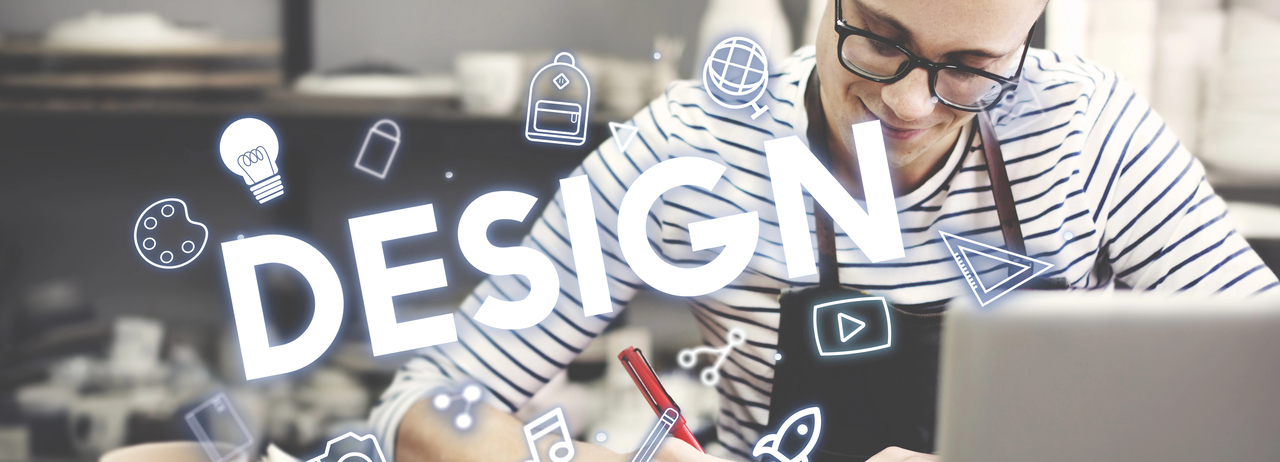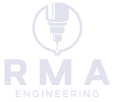
The Ultimate Guide to Choosing the Right 3D Printing Service

Creating products that not only function well but also meet user needs is more important than ever. This is where product design comes into play. It's a process that blends user needs with business goals to create solutions that are not only effective but also market-ready.
Product design isn’t just about aesthetics. It’s about creating a seamless experience for users and ensuring that the product fits within the larger business strategy. In today’s competitive market, businesses need effective product design to stay relevant and achieve success.
Understanding Product Design
At its core, product design is the process of conceptualizing, creating, and iterating a product that solves real-world problems. It involves a series of steps where designers and engineers work together to create a product that not only looks good but functions well. The product must also be user-friendly and align with business goals.
Unlike traditional product development, which often focuses on engineering and manufacturing, product design is a broader discipline. It encompasses everything from user experience (UX) and user interface (UI) design to market research and sustainability.
Product designers aim to ensure that every aspect of a product—from its usability to its production—aligns with customer expectations. At the same time, the product must also serve the business’s objectives.
The Product Design Process
The product design process is complex and often iterative. It involves several stages, each designed to refine the product to meet user needs and business goals. The key stages typically include:
Research and Discovery
Before any design work begins, it’s important to understand the market, users, and their needs. This stage includes user research, competitor analysis, and market trends. Gathering this data, designers can define the problem the product needs to solve.
Ideation
In this phase, designers brainstorm ideas based on research findings. They sketch, conceptualize, and explore different ways to address the problem. The goal is to generate creative solutions that are feasible and align with user expectations.
Prototyping
Once ideas are solidified, prototypes are created. These can be low-fidelity wireframes or high-fidelity mockups–depending on the stage of development. Learning how to create prototypes allows designers to test functionality, user interaction, and design concepts before moving forward.
Testing and Feedback
After a prototype is developed, it’s tested with real users. Feedback is collected and used to make necessary adjustments to the design. This step is repeated as needed to refine the product.
Final Design and Launch
Once testing is complete and the design is polished, the product is ready for launch. However, product design doesn’t end there—ongoing iterations and updates are part of the process as user feedback continues to inform improvements.
Why Product Design Matters
Meeting Customer Expectations
In today’s market, customer expectations are higher than ever. With so many options available, consumers have become more discerning about the products they purchase.
They want products that not only solve their problems but also offer a seamless, enjoyable experience. Good product design helps companies meet and exceed these expectations. This makes their products stand out in a crowded market.
With a focus on user-centered design, businesses can create products that are intuitive, functional, and aligned with what customers need and want. This attention to detail builds trust and loyalty, which are vital in today’s competitive environment.
Driving Innovation
Product design plays a significant role in driving innovation. Encouraging creative thinking and problem-solving, product design can lead to new ways of doing things. Whether it’s creating a new product category or improving an existing one, innovation is at the heart of product design.
Take the example of the automotive industry—over the past few decades, product design has evolved from creating simple vehicles to designing high-tech, connected cars that offer advanced features such as autonomous driving and energy-efficient solutions. The same principles apply to every industry, be it consumer electronics, medical devices, or fashion.
Reducing Time to Market
A well-planned product design process can significantly reduce the time it takes to bring a product to market. With rapid prototyping and testing, companies can identify potential problems early in the design phase. This helps them save both time and money. Additionally, focusing on product design can streamline the production process by creating designs that are easier and cheaper to manufacture.
In industries like tech and fashion, where speed is important to stay ahead of competitors, reducing time to market is a competitive advantage. Companies that can quickly move from concept to launch are more likely to capture market share and establish themselves as industry leaders.
Supporting Long-Term Business Goals
Product design is not just about creating a product for today; it’s about ensuring the product remains relevant in the long term. Considering factors like scalability, sustainability, and future user needs, product designers help businesses plan for the future.
For example, in the tech industry, product design must consider the long-term viability of a product by integrating updates, compatibility, and user support. In industries like fashion and home goods, it’s about creating products that stand the test of time, both in terms of durability and style.
Enhancing Brand Identity
Product design is closely tied to a company’s brand identity. The way a product looks, feels, and functions can influence how consumers perceive a brand. Thoughtful product design can create a strong brand image that resonates with customers, building brand recognition and loyalty.
Take Apple, for example. The minimalist design of its products has become synonymous with its brand. Consumers don’t just buy Apple products for their functionality—they buy them because they reflect the sleek, innovative image of the company.
The Role of Product Design in Digital Products
In today’s increasingly digital world, product design is just as important for software and apps as it is for physical products. For digital products, UX/UI design plays a major role in ensuring the product is user-friendly, intuitive, and effective in achieving its purpose.
Digital product designers focus on creating seamless interfaces, user flows, and interactions that make it easy for users to navigate and get the most out of the software. With a focus on the overall user experience and usability, businesses can create digital products that users enjoy and rely on.
How RMA Engineering Can Help
At RMA Engineering, we specialize in delivering comprehensive product design services that help businesses create innovative products from concept to completion. Our team works closely with clients to understand their goals and users’ needs. We make sure that every design decision aligns with both business objectives and user expectations.
We also offer 3D printing and prototyping services to help businesses quickly test and refine their designs before production. With our experience and expertise, we can help you bring your product to life efficiently and cost-effectively.
If you're looking for a partner to help with your product design and more, RMA Engineering is here to assist you. Our team can guide you through the entire process, from ideation to prototyping to final production.
Get in touch today to learn more about how we can help you design and develop products that stand out in the market.
Recent Posts


The Key Stages Of Product Development: A Complete Guide

How To Design A Product That Stands Out In The Market
Contact Us
For custom quotes please fill out the form below. Or email us at info@rmaengineering.tech.

